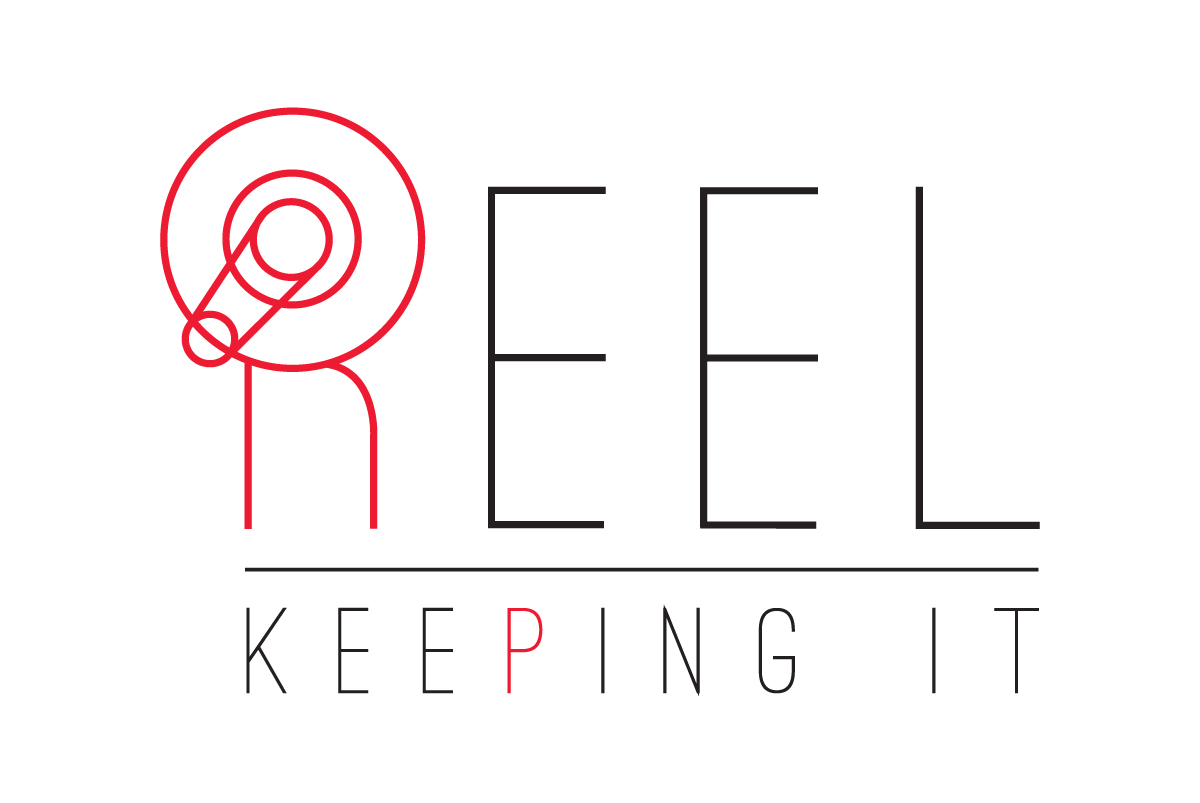The mega of micro – 3D dental care
I have this thing with 3D. A few years ago, it was a vague concept labelled “additive manufacturing”. At drupa 2016, I was amazed at the first 3D applications. And although I fully support a 3D idea that can be commercialized and monetized (jewelry, figurines), I’m intrigued by how 3D can also better our everyday life.
So when I found out that iMakr, a leading retailer for 3D printing hosted a “3D printing - a dental revolution” session, it was time to cross the pond. 13 attendees, including 1 actual dentist, 2 students graduating in dental healthcare, 3D engineers and yours PR truly.
Key learnings? Dental healthcare is quite advanced. Automating the digital workflow in dental healthcare drastically cut back manufacturing time, while also reducing the human error rate in production (e.g. crowns). 360° mouth scanning equipment is meticulously accurate. And dental CAD software is advanced enough to allow for both free yet reliable open source software as well as highly specialized medically approved software licences. The 3D printers are up to par. Micron accuracy is crucial – a crown fits or it doesn’t. A halfway fit will only cause more damage. Dental 3D cannot go below perfection.
And it doesn’t. To illustrate, iMakr printed a 3D mouth model based on a stone model scan to see if a half plate would fit both the stone model as well as the 3D print. It was an exact replica. The half plate fit both models perfectly.
The stone model iMakr scanned to replicate in 3D - with fitted half plate.
Above the stone model without crown, below the 3D printed replica with fitted half plate.
A close-up to illustrate the perfect fit of the half plate on the 3D print model.
Imagine the added value of 3D dental prints for research, testing, experimenting, teaching future generations. For the half plate example alone - if dental labs could be made aware, they could seriously up their production level and reduce delivery terms. Manual jobs would be trimmed down, but only to create room for the more specialized tailoring works. (one 3D dental printing lab produces up to 4000 individual models per day and says they now have more time to perfect the expert tailoring jobs that require human intervention!)
Take it one step further and we're talking a showcase of lean manufacturing and sustainability. The on-the-spot printing allows for a decentralised manufacturing process, while also eliminating the need for an elaborate production chain. You'll cut back on logistics, because you're printing where your customer is. Spare parts and stock shortages could be avoided, as this clever chap in the 3D printing group on LinkedIn points out. The knowledge society needs but a blueprint and voilà, instant gratification. Simplistically put, I am aware, but there is a potential here to solve some pungent issues.
Why my interest in dental healthcare? I have a mouth guard and I loathe cast-making. The oversized metal that somehow manages to outsize your mouth, the yucky metallic orange fluid that kills your taste buds, the horrible joke the dentist makes every single time pretending he can’t release me from the mould (and I love my dentist, I really do.) How much easier would dental life be if a 360° scan of your mouth could be made to produce a 3D cast? Quick scanning, live printing, instant mouth guard.
And all you need is a dentist with a 3D scanner, and a lab that has a CAD software and a 3D printer.
Price should not hold people back, neither should the maintenance of the equipment. And although 3D print takes rapid strides in advance, the 3D printer itself does not outdate easily.
It just needs some PR at the right time with the right people.
So my dear dentist, when you read this. Please consider talking to your lab and getting that 3D scanner. You scan, they print the model and create my mouth guard. Delivery in a few days instead of one month. My husband will be ever so grateful.
Tell me - when 3D can print so micron meticulously, what else can be done? What’s your favourite 3D print application?
I’m particating in a 3D print pop-up course in Aalst on September 3rd. Stay tuned, I’ll most likely blog on that one too.
Mini-You - the ultimate selfie. This one is meta even - figurine man holding the 3D figurine in his hand, in his hand, in his hand.




